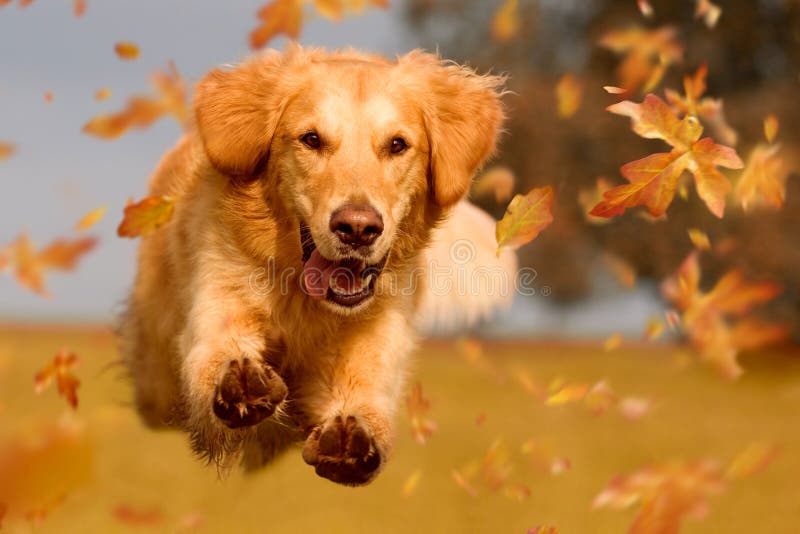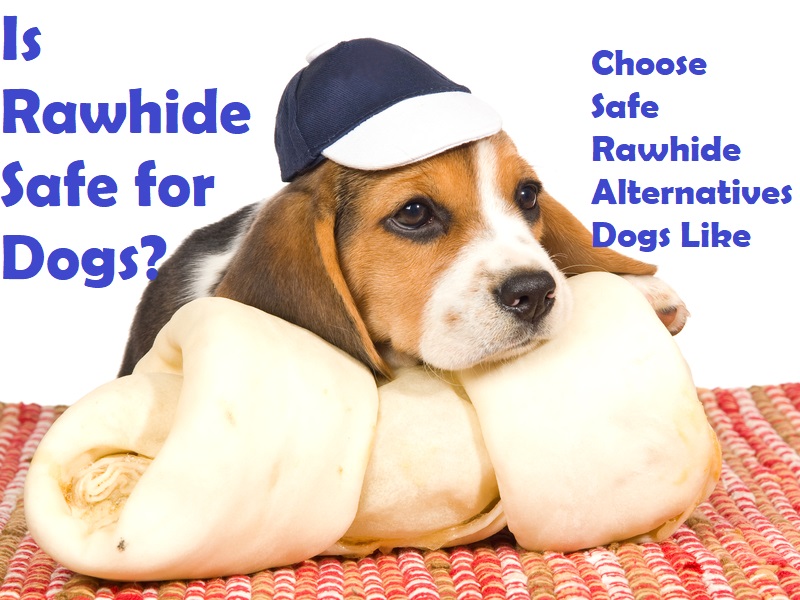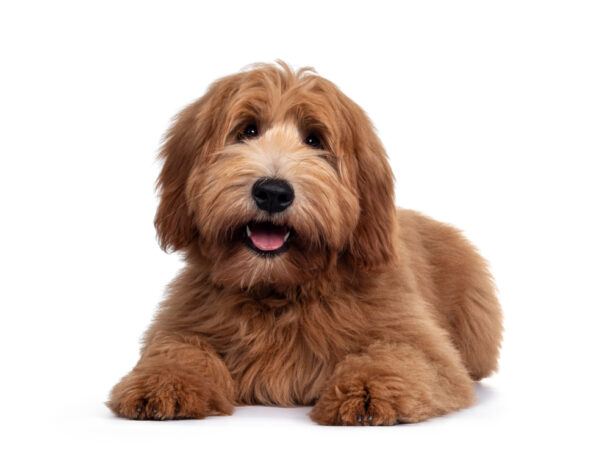LifeWithMyDogs is supported by our audience. When you purchase through one of our links, we may earn a small affiliate commission. As an Amazon Associate I earn from qualifying purchases. Your cost is not affected.
**********
Is Rawhide Bad for Dogs
When it comes to choosing your best dog chews, the possibilities seem endless. You’ve likely heard that rawhide chews are particularly dangerous for dogs. They’re full of chemicals that can get trapped in your dog’s body. Here, we will talk about if is rawhide is safe for dogs.
In addition, many people assume that the rawhide used in chews comes from the meat business. But it is a product of the leather industry. Moreover, the leather business utilizes the exterior layer of an animal’s skin. At the same time, the inner layer uses rawhide chew after cleaning and treating.
Rawhide is less costly and lasts longer than other chews. Its delectable flavor has long been a favorite of dogs of all kinds. From playful braided donut-shaped rings to knotted rawhide bones. This natural chew comes in a range of classic forms and sizes.
The rawhide chews are a typical dog treat. But are there any disadvantages to feeding rawhide snacks to your dog?
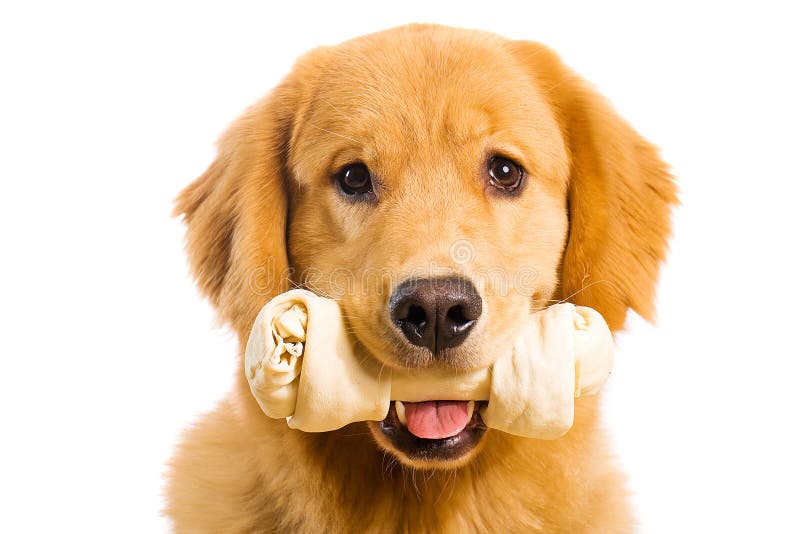
Rawhide Ingredients and Components
Rawhide chews are manufactured from scraps from the leather industry. Most hides are removed immediately off slaughterhouse death floors. Then, they put in high-salt brines to delay their decomposition. The majority of rawhide chews come from China.
Moreover, it might take weeks or months for these brined hides to reach the tanneries for final production. After arriving at a tannery, bathing the hide and then treating to divide fat from the animal’s skin. Next, the hair removal using chemical and physical methods, and then rinse the hide again.
In addition, Rawhide snacks use the inner layer of a cow’s or horses’ skin. Cleaning and chopping the skin throughout is part of the production process. Then they’re formed into various shapes and sizes of chewable dog treats. Moreover, some rawhide snacks are flavored with beef, chicken, or liver to make them more attractive to dogs.
They were using processed rawhides as some sort of animal-based dog toothbrush. The idea keeps a dog’s teeth and gums healthy. A dog toy chews an item to divert a dog’s attention away from destructive activity or ease the anxiety. Would you consume a toothbrush that looked like a candy cane and was shaped and colored like one? Would you eat a pencil to relieve tension or develop your jaw muscles if you chewed it? Rawhide goods, but should not be considered dog food.
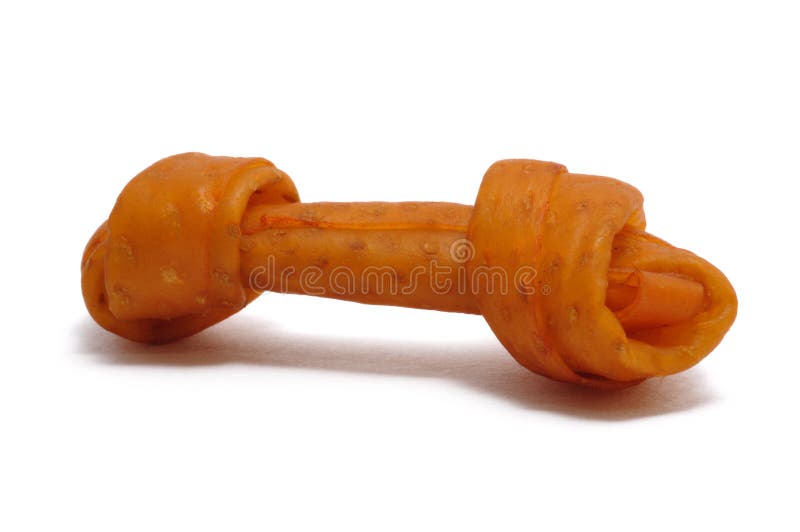
Is Rawhide Dog Chews Safe?
Many dogs try to eat rawhides, which are intended to be inedible and used for chewing. Rawhide can become stringy and mushy after a lot of chewing, and parts can break off. Ingesting fragments may become stuck in the esophagus or other gastrointestinal tract sections. Ingestion causes tissue damage and necessitates surgery to remove and repair. A blockage might lead to death if it goes undiagnosed.
The chemicals used to make the chews are hazardous. Residues found on the rawhides themselves. They are irritating your dog’s digestive system. Some dogs may develop allergic responses to the chemicals.
Allergies result in severe reactions. Therefore, they are jeopardizing your dog’s health like any other animal waste. In addition, rawhides can carry infecting bacteria species. This can harm your dog’s digestive tract and gut health.
The Risks of Rawhide Dog Chews
Choking and blockages
Obstruction hazards exist with rawhide bones and other food chews. In reality, this is a far greater danger than infection or stomach discomfort. If your dogs consume big pieces of it, Rawhide can get trapped in the throat or sections of the stomach. A veterinarian may remove these, depending on their size and location. However, they may need abdominal surgery from the stomach or intestines. A blockage might result in death.
Contamination
Rawhide production uses the inner side of a horse, cow, and buffalo. Cowhide is one of the many chews sold in the United States. It comes from slaughterhouses that kill animals for food. After bathing the rawhide in chemicals, they convert the hides into chew toys. Rawhide can get infected with germs like E. coli or Salmonella. This sort of contamination is uncommon. Rinsing rawhide chews in water before giving them to your dog is usually a good idea.
Digestive Problems
Our dogs are sensitive to raw hiding and its ingredients used in processing rawhide. If a rawhide is stuck in any abdomen region after being eaten can cause many issues. Dogs may experience symptoms such as vomiting, lack of appetite, and diarrhea. They may also have stomach pain, adopt a bad posture, and have difficulty defecating.
Rawhide Alternatives
Natural chew products are superior and provide a lower risk to your pet.
There are plenty of rawhide alternatives available. This includes frozen raw bones, smoked bones. It could also be parts made from other sections of an animal’s body. Also, bully sticks are all healthier options for your dogs.
In addition, bully sticks, beef tendons, a trachea of beef, and various treats are available at many pet stores.
-
Bully Sticks
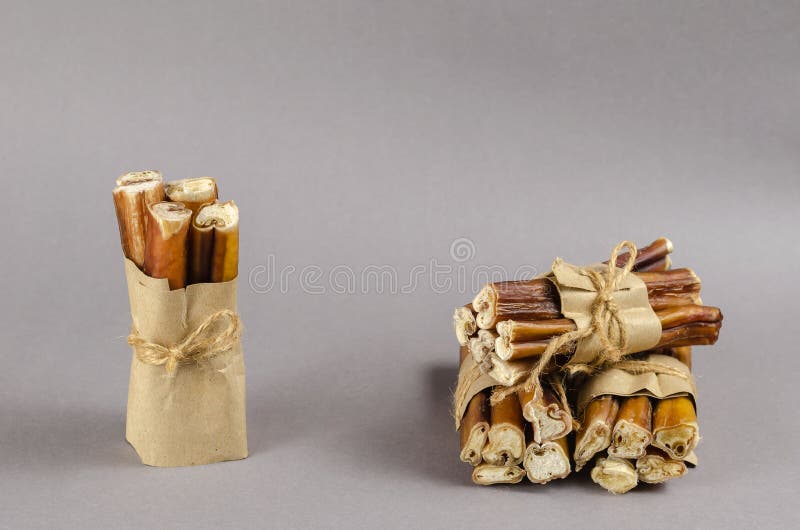 During the past years, these bully sticks have become very popular natural chews for our dogs. They go crazy over the taste and its ideal texture for chewing and the dental cleaning itself. The bully sticks soften as dogs chew on them. This chew can also aid in removing bacterias that sneak in the back of their gum lines and mouth.
During the past years, these bully sticks have become very popular natural chews for our dogs. They go crazy over the taste and its ideal texture for chewing and the dental cleaning itself. The bully sticks soften as dogs chew on them. This chew can also aid in removing bacterias that sneak in the back of their gum lines and mouth.
Bully sticks have various thicknesses, shapes, and lengths. The variety of options is to suit the personal preference of each dog’s chewing style. Veterinarians recommend these for any dogs’ size. They are safe to chew for senior dogs who can no longer chew like young dogs.
The bully chews are great options for teething puppies as well. As they soften, they will massage the gums and help to work baby teeth out.
-
Beef Tendons
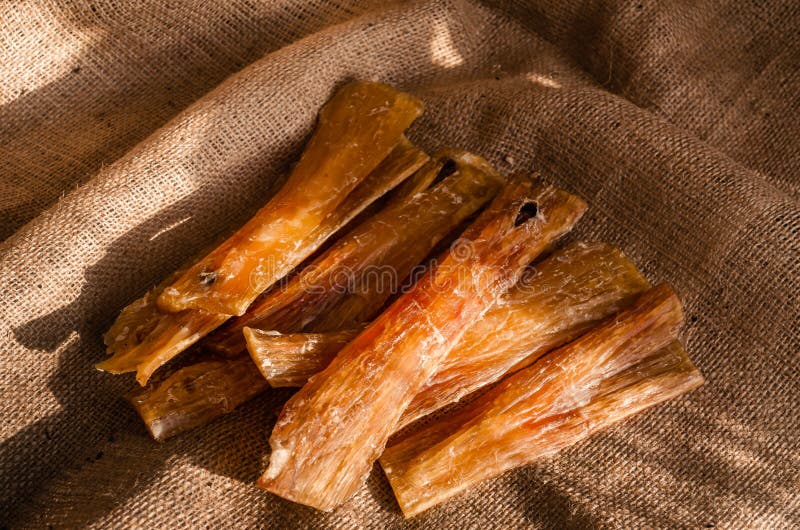 Tendon Chews are an excellent rawhide substitute for heavy chewers. Since they are more robust, last longer, and are durable. Manufacturers use dried cattle tendons to make beef tendon chews. First, they extract the cow’s Achilles tendon.
Tendon Chews are an excellent rawhide substitute for heavy chewers. Since they are more robust, last longer, and are durable. Manufacturers use dried cattle tendons to make beef tendon chews. First, they extract the cow’s Achilles tendon.
In addition, Beef tendons are durable chews that you can give to any dog over the age of 16 weeks. They’re handy for pups that are having teething problems. In addition, these beef tendons are healthy. Low-fat chews provide plenty of chewing time to enhance dental and mental health. They also include glucosamine and chondroitin, both of which aid in joint health.
-
Beef Trachea
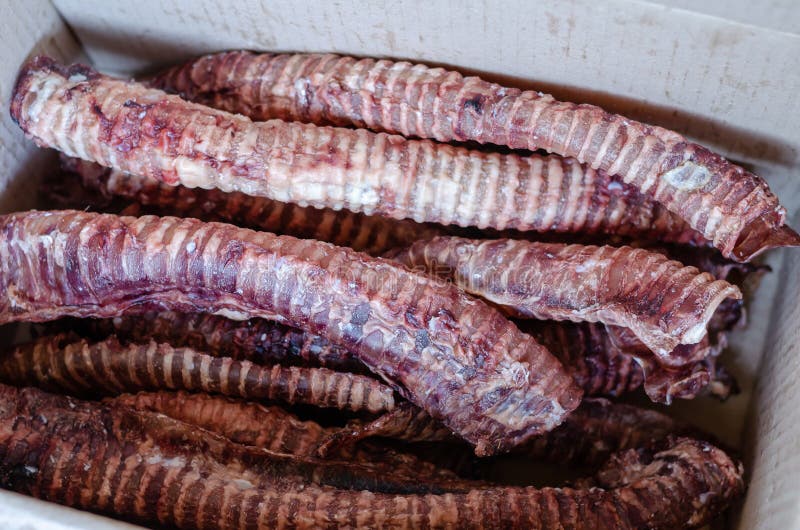 This natural chew delivers a crunch for jaws and a long-lasting chewing session. They are more for delicate chewers for dogs that like chomping. The beef trachea is available in a variety of styles, including sticks, braids, and strips. Because they produce from the cow esophagus, they’re high in protein, low in fat, and easy on the stomach. The odor of the beef esophagus is greater than that of the other chews.
This natural chew delivers a crunch for jaws and a long-lasting chewing session. They are more for delicate chewers for dogs that like chomping. The beef trachea is available in a variety of styles, including sticks, braids, and strips. Because they produce from the cow esophagus, they’re high in protein, low in fat, and easy on the stomach. The odor of the beef esophagus is greater than that of the other chews.
-
Tartar Bones
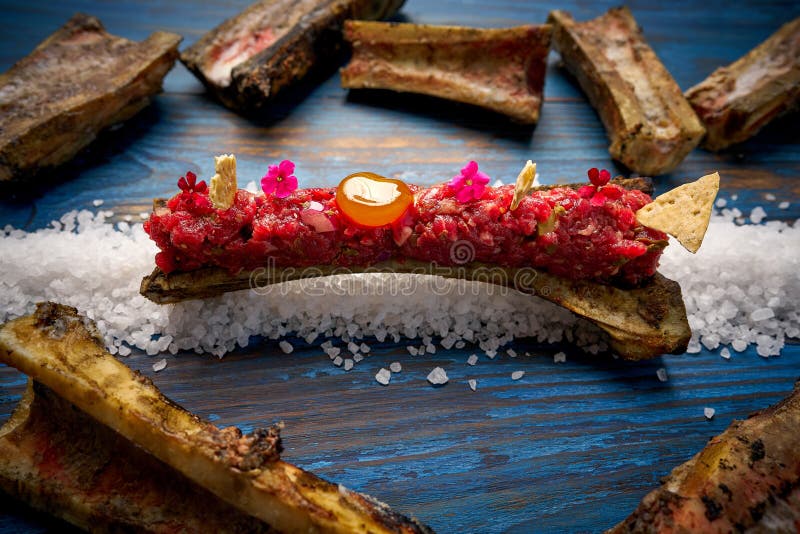 The cow’s knee cap produces the smoked tartar bones. It’s spherical, large, and smothered in delectable cartilage. Because this is a fun chew, don’t let your dog consume the whole item. Your dog will love washing off the bone, and they will have no idea that they are also brushing their teeth.
The cow’s knee cap produces the smoked tartar bones. It’s spherical, large, and smothered in delectable cartilage. Because this is a fun chew, don’t let your dog consume the whole item. Your dog will love washing off the bone, and they will have no idea that they are also brushing their teeth.
-
Yak Chews
It is a thick stack of solidified yak and cow cheese that’s ideal for those who can’t stop chewing. It will give significant abrasion to remove germs from their teeth. In addition, yak chews last longer than other natural chews.
Yak chews aren’t for everyone’s dog. They’re a low-fat, high-flavor chew for mature dogs with strong teeth. Puppies, the elderly, and dogs with dental problems should avoid chewing on chews like a yak.
Tips for pet owners who do give their dog a rawhide chew
There are an unlimited amount of items designed for our dogs to chew in a pet supply store. I wouldn’t buy a lot of these for any of my dogs. Why? Because many of them are rigid, they are prone to breaking teeth. Some are sharp, putting intestines in danger of perforation and other internal damage.
Rawhide is not always safe or healthy. Rawhide comes in different types, shapes, and sizes, and not all of them are suitable for your dog. Remember that high-quality chews may not be available in every pet supply store. You may need to look around and buy online from trustworthy companies. By doing this, you can get safe, high-quality chews.
It’s important to remember that pups should not have too much rawhide. Their digestive systems may not be able to manage it. Increase to see whether they’re becoming used to it once they’ve become used to digesting the bone. Then, it’ll be much easier to feed your dog rawhide without endangering their health.
Is it Advisable To Give Dogs a Rawhide?
No, they should not. Rawhide chews are dangerous for your dog and they can make them sick. Here’s why:
Dogs love the taste of rawhide and it keeps them busy chewing for hours.
Unfortunately, many owners don’t realize that dogs can choke on rawhide or get very sick from ingesting it. Rawhide chews dry animal skin. In addition, rawhide can get very tough and your dog could attempt to swallow a large piece before realizing it won’t easily pass through their digestive system. This would lead to choking or blockages requiring surgery because of rawhide. Therefore, Rawhide isn’t safe for your dogs.
In addition, they’re also liable to give them an upset stomach, diarrhea, vomiting, or worse if your dog is unlucky. It is best to give your dog food-grade rawhide chews that are fully digestible like VeggieDent Chews, which have the added advantage of helping clean their teeth at the same time.
Moreover, natural bones can also be given, but they should be smaller than the width of your dog’s mouth – these chew bones are generally a much safer option than rawhide. You should always consult your veterinarian before giving your dog any new treat or chew and monitor how much they eat at a time.
We hope we answered your question which is rawhide safe for dogs.
Don’t leave them with rawhide chews unsupervised as ingestion could lead to disastrous consequences. Stay safe – keep rawhide chews out of reach!
Read More
Ten Tips for taking care of your Dog(iditarod.com)
